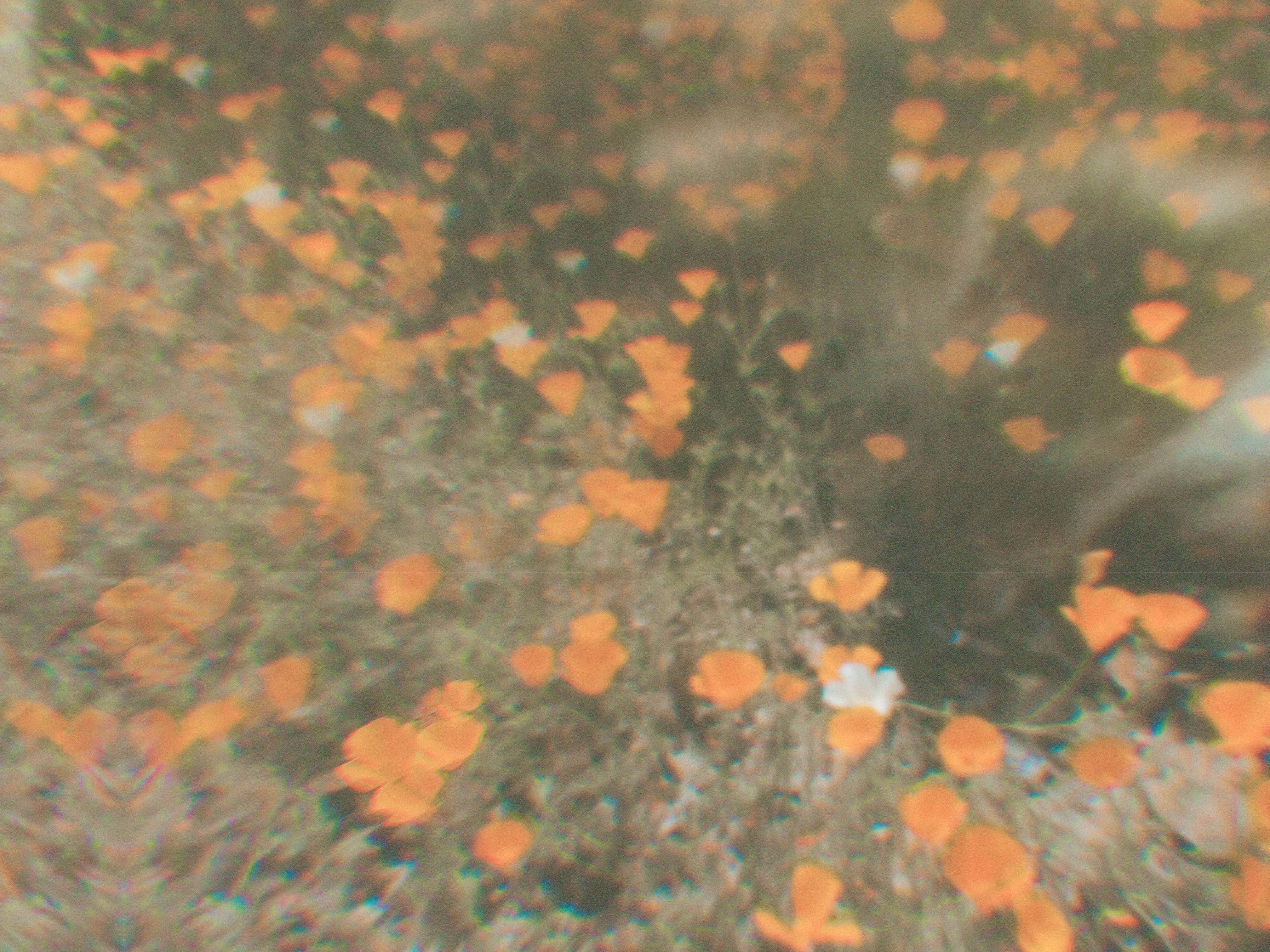Biodynamic garden
A narrative written for a Pasadena Waldorf School newsletter about the development of its biodynamic garden.
Client
Pasadena Waldorf School
Year
2015
Services
communications, development, writing
My role
writer
Collaborators
n/a
In 1924, as a response to the pleas of German farmers whose land had been devastated by chemical fertilizers, philosopher and father of Waldorf education Rudolf Steiner presented a series of lectures offering a solution. Now known as biodynamic agriculture, Steiner’s innovation suggested that the use of natural soil preparations derived from healing plants and minerals would awaken the dormant life energy of the land, resulting in a better tasting, more nutritious, more abundant harvest; that the very fruit of the earth could be used as a treatment to propagate future crops. In much the same way, Steiner’s legacy has written a story of nourishing cause with effect into the history of the Pasadena Waldorf School.
The earth from which our school rose is located precisely at 209 East Mendocino Street in Pasadena, California, a place built on the ruins of orange groves and from dust before that. It was here in 1979 where Pasadena Waldorf School’s founder, Paul Livadary, first gathered a class of seven students from his Altadena community whose parents wanted a more meaningful alternative to their mainstream local schools. With a few years of steady growth, the group became so prolific that a larger space was necessary to contain it, and thus the Pasadena Waldorf School - as we know it on our Scripps Estate campus on Mariposa Street - was born.
In 2012, a new body of life sprang from Mr. Livadary’s work: a high school. Most of the students in our first class, which will graduate in June of 2016, have been a part of our community since kindergarten, or in the case of a couple students with older siblings or parents who worked here as teachers, since birth. It’s wonderfully fitting that with the emergence of this new body, we should redistribute the rewards of our school’s work and growth into its spiritual origin at 209 East Mendocino Street.
For four years our high school has been eagerly awaiting its new home on this property. We’re doing our best to be patient, though, knowing full well that when sowing seeds the grower is well advised to adequately prepare the earth. For the past several years, members of our community including teachers, staff, current parents, and even former parents whose children are now grown, have invested much effort into planning and readying the site. They’ve drawn up a project timetable, drafted blueprints, crunched numbers, and applied for grants; they’ve made phone calls, held fundraisers, and given speeches; and they’ve sat through more meetings than one would deign to shake a stick at. All of these people, generously donating their time and talents, are united in their task of realizing Steiner’s all-purpose philosophy that in order to reap the greatest bounty, the foundation of the effort must be exquisite.
In the pursuit of this value, our site planning has been particularly sensitive to the mission of marrying knowledge with beauty. You’ll see this in the blueprints of our future music building, wherein the practical skill of playing an instrument will cultivate an understanding of both the earthly and ethereal forces behind a body of sound. You’ll also see it in our geographical location at the foothills of the San Gabriel Mountains, visits to which will nourish the physical bodies of our students with cool, fresh air and supply lesson material for work in geology, botany, or painting en plein air. And our vision of the high school biodynamic garden is built on these same merits.
The garden, which will lie at the northwest corner of the site, begins now, with fertilization. When building renovation begins in January 2016, the soil will have already had several months to marinade in nutrients, and by the time we embark on our very first school year on this campus in September later that year, it will be ready to sustain life, both through the roots of the plants and the minds of the students.
The 2016-2017 school year will begin with the students planting seeds in the garden. An appropriate act of symbolism for a new year, a new place, the planting of the garden will be a rich learning experience in the significance of social and ecological stewardship as well as the science of germinating a seedling. They’ll have an opportunity to investigate the history of where they live, the geographical forces at work on the land and the ways these things affect which plants grow, and how.
In a few short weeks, green things will be visible on the plain, brown surface of the ground, and the importance of visual beauty will again become evident. Botany, chemistry, climatology, and cell biology classes will visit the space for their main lessons in the morning; they’ll illustrate the plants and identify their anatomy, examine leaves and dirt and insects under a microscope, observe chemical reactions, and take note of biological principles at work.
Once the plants have grown heavy with fruits and vegetables, the students will harvest them and turn them into community meals. They’ll appreciate the full circle of life as it takes organisms from birth, through growth and maturity, to death, and lastly to rebirth. They’ll see a full spectrum of value, complexity, and beauty where much of the world may take these things for granted.
They’ll discover that, through mind and soul, every individual fosters life in their surroundings, from a school erected from an orange grove to the orange grove from dust.
